I'm trying to detect seams in welding images for an autonomous welding process.
 I want to find pixel positions of the detected line (the red line in the desired image) in the original image.
I want to find pixel positions of the detected line (the red line in the desired image) in the original image.
I used the following code and finally removed noise from the image to reach the result below.
clc,clear,clf;
im = imread('https://i.stack.imgur.com/UJcKA.png');
imshow(im);title('Original image'); pause(0.5);
sim = edge(im, 'sobel');
imshow(sim);title('after Sobel'); pause(0.5);
mask = im > 5;
se = strel('square', 5);
mask_s = imerode(mask, se);
mask(mask_s) = false;
mask = imdilate(mask, se);
sim(mask) = false;
imshow(sim);title('after mask');pause(0.5);
sim= medfilt2(sim);
imshow(sim);title('after noise removal')
Unfortunately there is nothing remaining in the image to find the seam perfectly.
Any help would be appreciated.
Download Original image.





